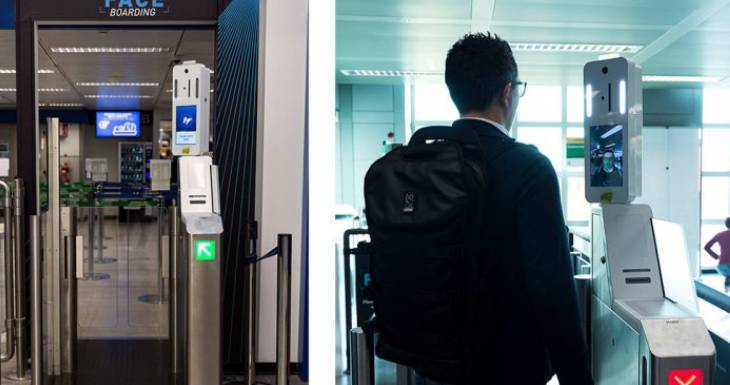In an effort to improve efficiency and the passenger experience, European airports are adopting an innovative new technology known as "FaceBoarding." This technology promises to significantly reduce waiting time at airports, making check-in, security and boarding processes faster and smoother.
What is FaceBoarding?
FaceBoarding is a facial recognition system that uses cameras and advanced software to quickly and accurately identify passengers. By recording travelers' facial biometrics during the check-in process, the system can verify the identity of passengers at various points in the airport, eliminating the need to present documents multiple times.
Once they have checked in, travelers will use the airport counters to show their documents and scan their face. This allows them to use 'FaceBoarding' instead of showing their documents again.
Benefits of FaceBoarding:
- Reduction in Waiting Time: One of the most notable benefits of FaceBoarding is the reduction in the time passengers spend in lines. By automating identity verification, the boarding process is greatly accelerated, allowing passengers to reach their boarding gates faster and without stress.
- Greater Security: The use of biometric technology improves security at airports by providing a more reliable method of identification and less susceptible to fraud compared to traditional documents. This ensures that only authorized passengers can access restricted areas and board planes.
- Improved Passenger Experience: By reducing waits and simplifying procedures, FaceBoarding improves the overall passenger experience. Travelers can enjoy a smoother boarding process, making their trips more enjoyable from the moment they arrive at the airport.
- Operational Efficiency: For airlines and airports, implementing FaceBoarding means more efficient operations. The technology enables better management of passenger flow and reduces the workload of airport staff, allowing them to focus on other critical areas of customer service.
What if I don't want to use facial recognition?
Those who do not wish to use the system can access security control and boarding gates as usual, using their ID and boarding pass.
Implementation in Europe:
Several European airports have already adopted FaceBoarding as part of their modernization initiatives, such as:
- Frankfurt Airport - Germany
- Heathrow Airport - London
- Paris Airport - France
- Lisbon Airport - Portugal
- Zurich Airport - Switzerland
- Schiphol Airport - Amsterdam
- Milan and Catania Airports - Italy (available to all passengers over 18 years of age)

For their part, the Madrid and Barcelona airports in Spain are in the process of implementing facial recognition systems at some of their boarding gates.
The expansion of the use of FaceBoarding in European airports is just the beginning. As more airports adopt this technology, the benefits are expected to multiply, transforming the travel experience and demonstrating its benefits in terms of operational efficiency and passenger experience globally.


